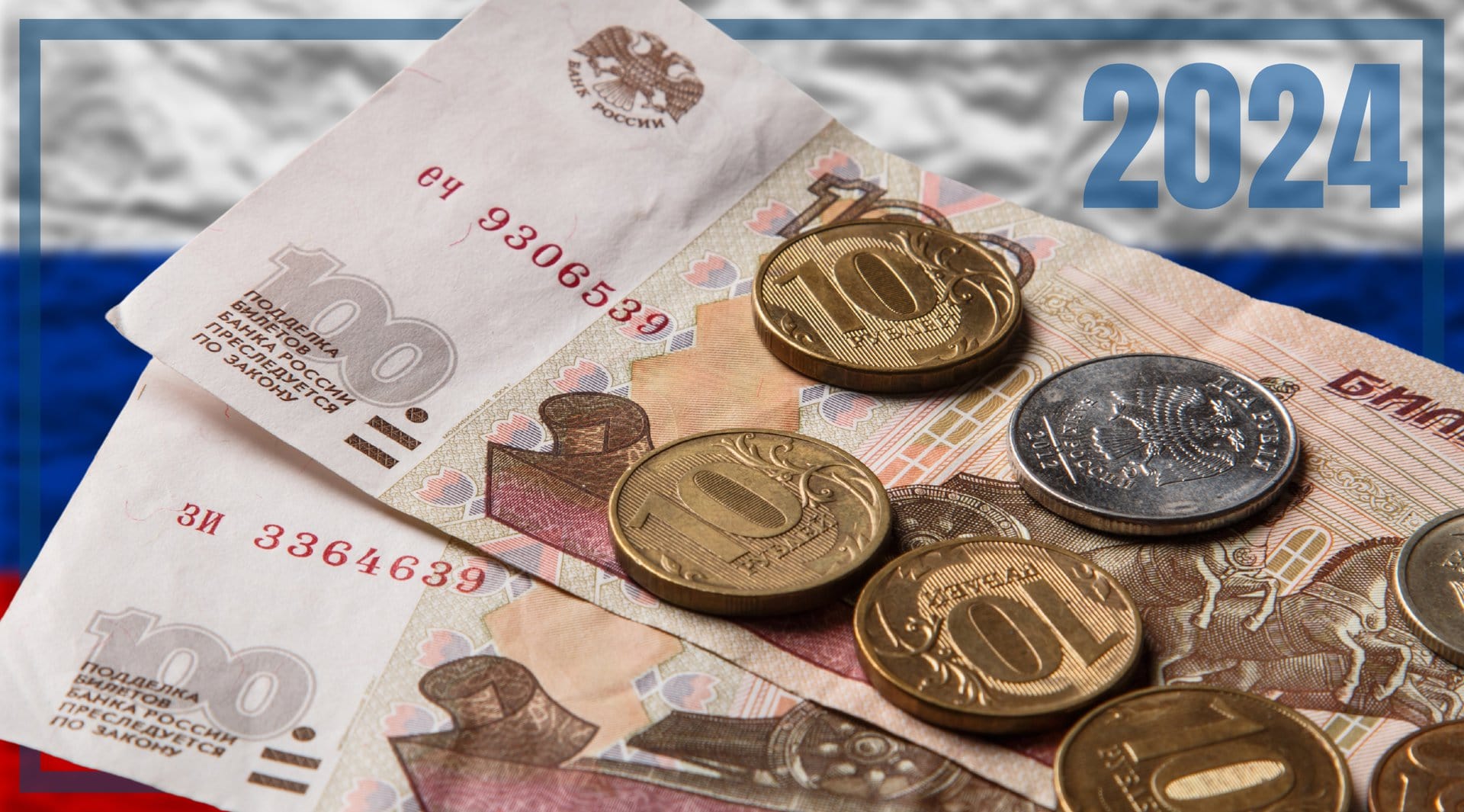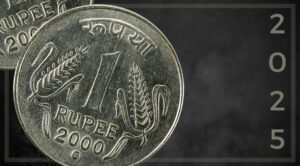Since Russia launched its invasion of Ukraine in February 2022, the Russian Ruble (RUB) has traded volatilely on foreign exchange markets. Following the outbreak of war on the 24th February, the ruble initially plunged by over 40% against the US dollar, but in the immediate months after, strengthened by almost 150% to trade significantly over pre-war highs.
Since its peak in June 2022, however, the ruble has steadily declined once more to trade, at time of writing, at roughly 95 rubles to the dollar. With no end in sight to the war in Ukraine, and with geopolitical tensions around the world increasing, what could 2024 have in store for the Russian ruble?
The authorities in Russia have made several moves to try and shore up the ruble. For one, the Russian government has taken steps to force 43 of the country’s major exporters to repatriate no less than 80% of their foreign currency earnings, and then sell at least 90% of those proceeds within two weeks. These capital controls, which are due to be in place for at least six months, would naturally lead to higher demand for the ruble on foreign exchange markets and therefore help drive the price of the RUB up.
"Certain Russian exporters will be required to deposit no less than 80% of foreign currency earnings with Russian banks & then sell at least 90% of those proceeds on the domestic market within two weeks."https://t.co/GI9cVqJmEd
— #DisruptionBanking (@DisruptionBank) October 23, 2023
The Russian Central Bank is also under political pressure from the Kremlin to protect the ruble and keep the domestic currency as strong as possible. This is partly for symbolic reasons: no government likes to oversee deteriorating currencies given the extent to which this is perceived to correlate with the performance and decisions of politicians.
However, a weakening currency also has negative macroeconomic effects on the Russian economy by making imports more expensive and therefore contributing to increased inflation on imported goods. These dynamics are particularly pronounced at a time when Russia is selling less abroad, because Russian goods have been sanctioned by many Western countries. Moscow is therefore seeing a shrinking trade surplus, something which puts further pressure on the ruble.
For these two reasons, it is likely that the Russian Central Bank will try to protect the ruble for the remainder of the year and into 2024. It is unclear what precise form this will take, but it has previously been unhesitant in rising interest rates – having raised its benchmark rate by 100 basis points to 13% in September this year. Higher interest rates help protect a currency as foreign exchange traders are more incentivised to hold it in order to obtain better yields.
Other possible measures that have been touted include the central bank selling some of its reserves to drive up demand for the ruble. Regardless of what form this takes, it is highly likely that 2024 will see forceful moves on the part of the Russian Central Bank to protect the ruble as much as possible.
Russia raises interest rate to 13% as economy struggles https://t.co/VAwlq4KzaC
— euronews (@euronews) September 15, 2023
It is possible that another factor, however, could contribute to a stronger ruble in 2024 on account of higher oil prices. Brent crude is currently trading at just over $90 a barrel and has increased significantly since the outbreak of conflict between Hamas and Israel, which has raised fears of a wider conflict that could imperil the exports of oil from the Middle East. Some analysts are expecting the price of oil to reach $100 in the coming months – a figure which could rise further should major exporters such as Saudi Arabia follow through on threats to cut supply.
Higher oil prices would help support the ruble in two ways. Put simply, higher oil prices would mean more money for the Russian government and therefore a stronger Russian economy – something that would likely be reflected in a stronger ruble. Furthermore, Moscow has taken several steps to encourage purchasers of its oil to pay for the product in the ruble, with close allies such as Kazakhstan already doing so. Should this trend continue, higher oil prices would mean greater demand for the ruble and therefore a higher price.
The #oil market has come to life, with prices finally delivering on our expectations for 2023. Our oil experts discuss where the market goes from here and what this could mean for the economy and politics, in this week's Edge: https://t.co/rs9o1PUf31
— Wood Mackenzie (@WoodMackenzie) September 15, 2023
The Russian Ruble has been extremely volatile for the best part of two years now, and that is likely to continue. War and political uncertainty increase the risks for foreign exchange traders because there is always the potential for a sudden development to change the picture entirely.
However, the data currently available suggests there could be scope for the ruble to stabilise and potentially make some gains in 2024. The central bank and Russian government are likely to take strong steps to protect the ruble from further declines, while the potential onset of higher oil prices could drive stronger demand for the Russian currency.
Author: Harry Clynch
#Russia #Ruble #ForeignExchange #CentralBank Oil















